
Joyce Jonathan Crone—Mohawk matriarch, retired teacher, activist, humanitarian—reaches forward into her community of Huntsville, Ontario, opening hearts and bridging gaps for Indigenous education.
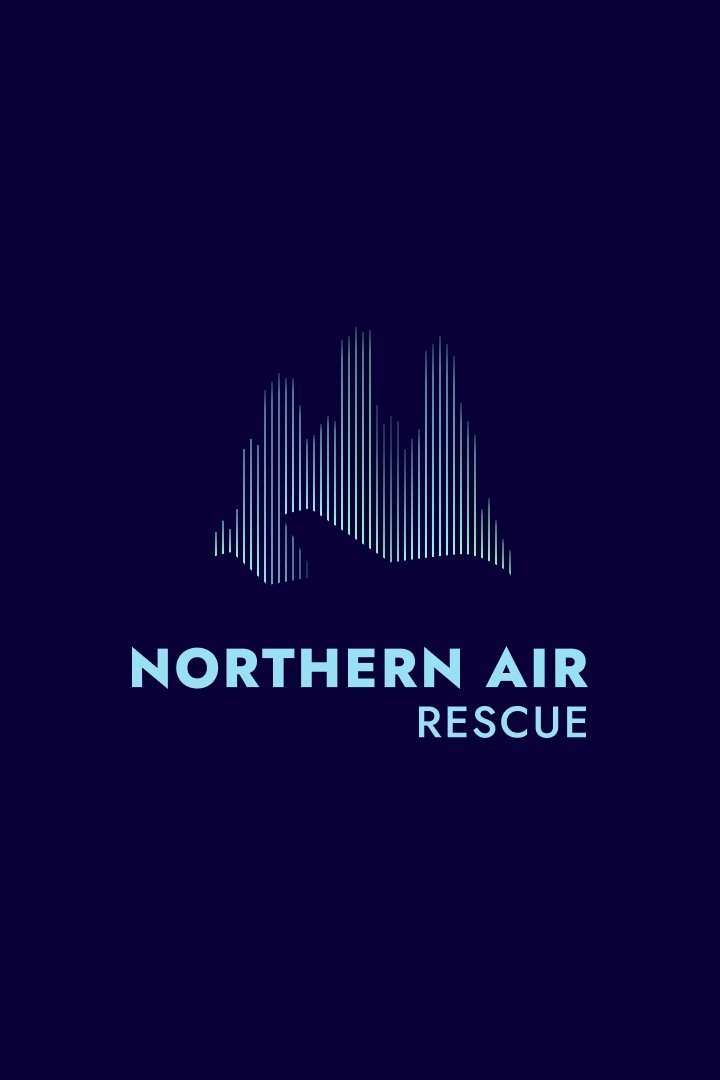
Born from the need to transport patients and people from Indigneous communities in Canada, Northern Air Rescue documents life inside Missinippi Airways, a Manitoba airline providing air ambulance, passenger and cargo services to the north.
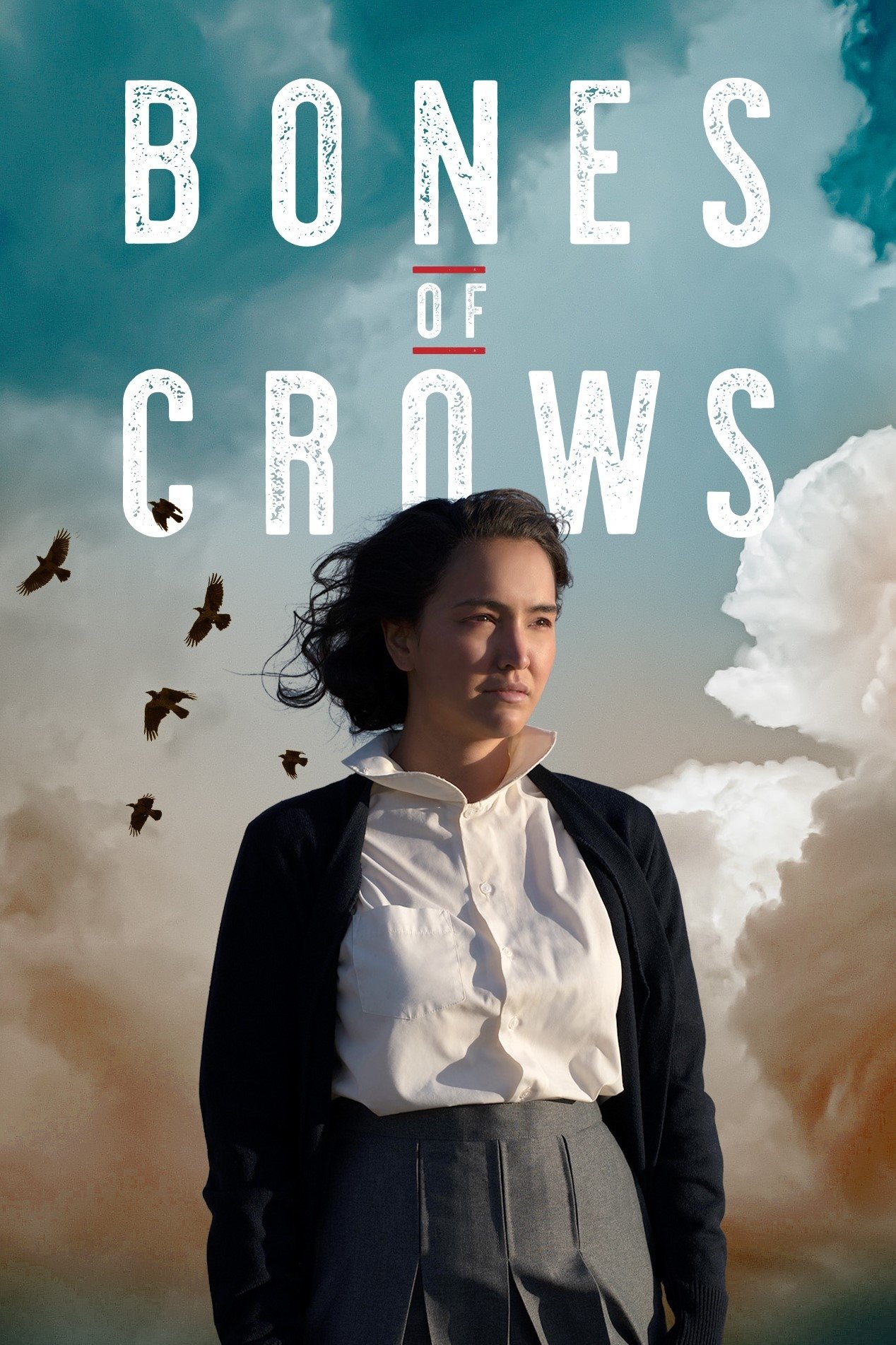
Cree Matriarch Aline Spears survives Canada's residential school system to continue her family's generational fight in the face of systemic starvation, racism, and sexual abuse. The story unfolds over one hundred years with a cumulative force that propels us into the future.

Ryan McMahon is on a quest to uncover the truth in the deaths of numerous Indigenous people in Thunder Bay, Ontario – a city known as the homicide and hate crime capital of Canada.

The Indian Act, passed in Canada in 1876, made members of Aboriginal peoples second-class citizens, separated from the white population: nomadic for centuries, they were moved to reservations to control their behavior and resources; and thousands of their youngest members were separated from their families to be Christianized: a cultural genocide that still resonates in Canadian society today.
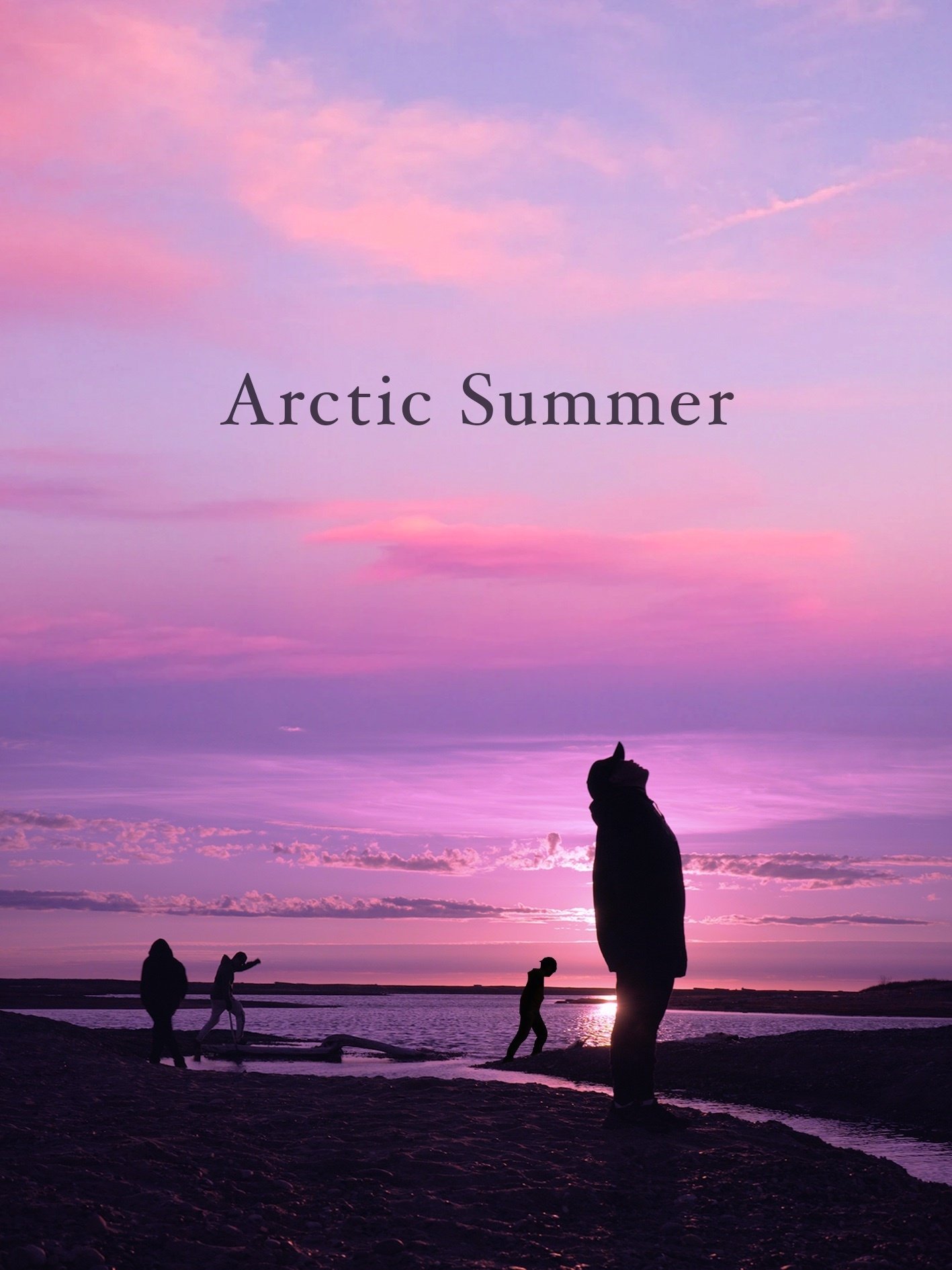
ARCTIC SUMMER is a poetic meditation on Tuktoyaktuk, an Indigenous community in the Arctic. The film captures Tuk during one of the last summers before climate change forced Tuk's coastal population to relocate to more habitable land.

The department of Federal Justice attempts to save political face under the mask of inclusion and collaboration as they take control of the Tribal Police Force that governs the four Indian Reserves that surround the city. Interim Tribal Chief Samantha Woodburn attempts to overcome political red tape and must also prove herself amongst the old-white-boys club of the Metro Police. Thrust into an unfamiliar world, she navigates politics and procedure as she clashes with her new partner, Chuck "Buke" Bukansky, a seasoned but broken-down Metro Police detective.

An Indigenous teen struggles to support his dysfunctional family as myth, magic, and monsters slowly infiltrate his life.

This documentary follows a Cree woman as she takes on the Indian Relay race season, as well as the Canadian authorities in her quest to give Missing and Murdered Indigenous Women a voice.

Four young women are figuring out how to be Mohawk in the 21st century, to find their place in the world and, of course, try to find love. But in a small world where you or your friends have dated everyone on the rez, or the hot new guy turns out to be your cousin, it ain’t that simple. Torn between family pressure, tradition, obligation and the intoxicating freedom of the “outside world,” this fabulous foursome is on a mission to find happiness… and to find themselves.
This documentary digs into the stories of Indigenous women and families to reclaim their Indian Status through their fight for the elimination of sex-discrimination in the Indian Act. It highlights the impacts of the law on individuals, families and communities. Since the passing of Bill S-3 and its amendments, thousands of Indigenous people are now eligible for Indian Status.

Camille wanders through the countryside talking with frogs and chickens: she sails through life as a carefree soul. But for her older sister, the introverted Mylia, things are more complicated. Mylia is lost between the uncertainty in her family life, the superficial atmosphere at her new school and her first experiences at house parties. It is Camille who eventually introduces Mylia to Jimmy. The boy from the nearby Abenaki reserve is different and he encourages her to break free.
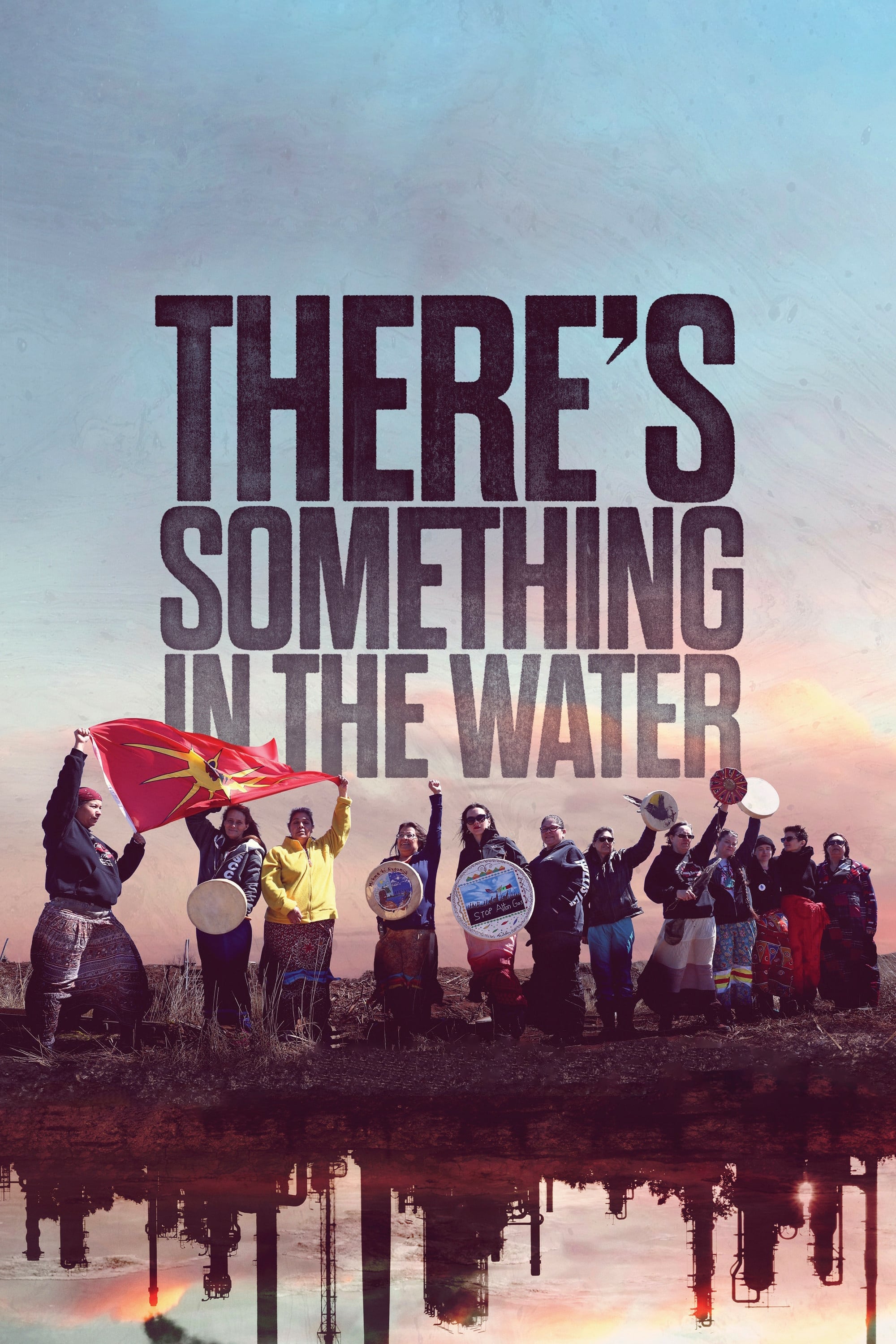
Elliot Page brings attention to the injustices and injuries caused by environmental racism in his home province, in this urgent documentary on Indigenous and African Nova Scotian women fighting to protect their communities, their land, and their futures.
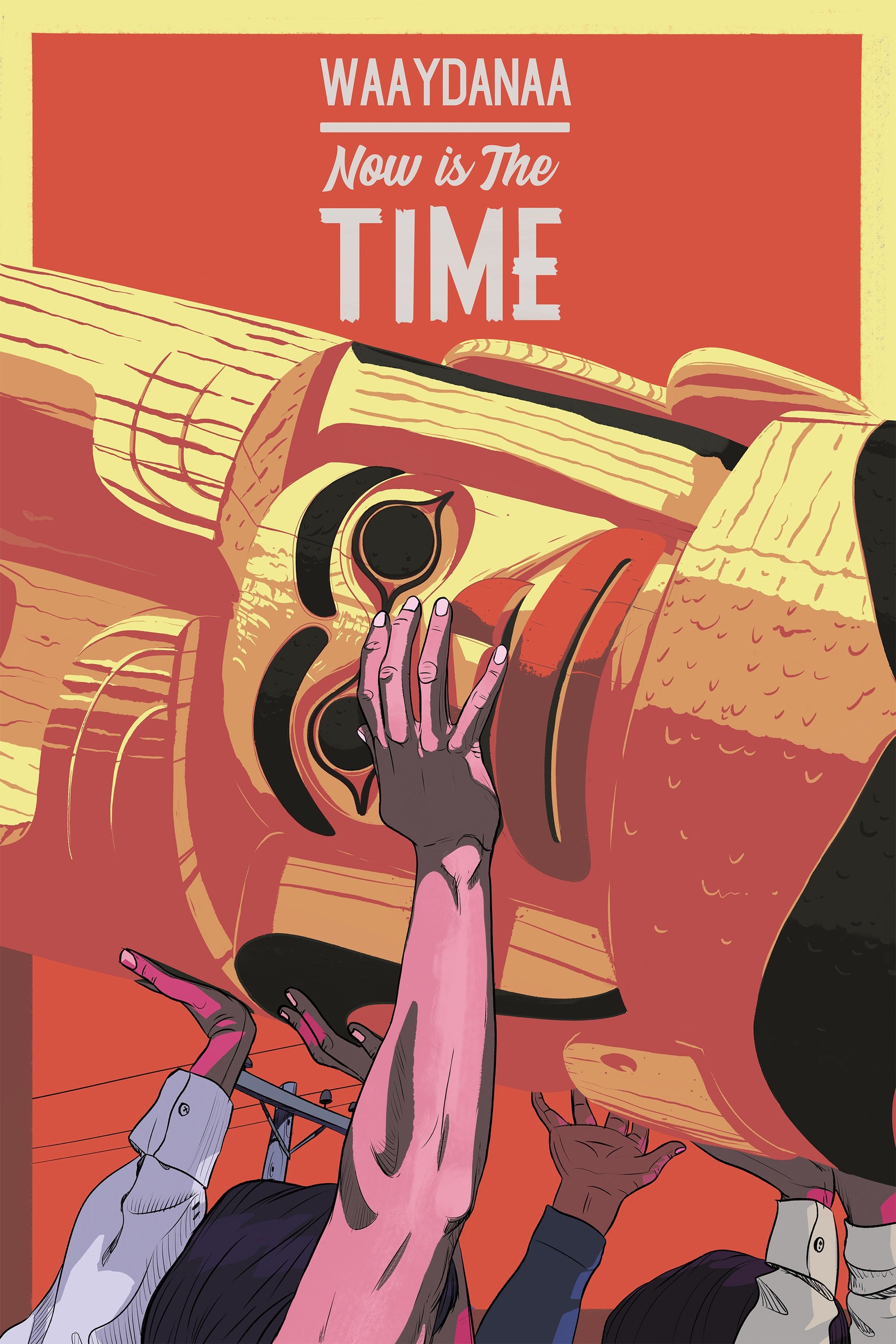
When internationally renowned Haida carver Robert Davidson was only 22 years old, he carved the first new totem pole on British Columbia’s Haida Gwaii in almost a century. On the 50th anniversary of the pole’s raising, Haida filmmaker Christopher Auchter steps easily through history to revisit that day in August 1969, when the entire village of Old Massett gathered to celebrate the event that would signal the rebirth of the Haida spirit.

An examination of the issue of missing and murdered Indigenous women, the film explores the reasons why Indigenous women are uniquely vulnerable to violence by juxtaposing the stories of some missing or murdered women with the personal testimonies of women who are doing activism on the issue and women who have personally survived incidents of violence.
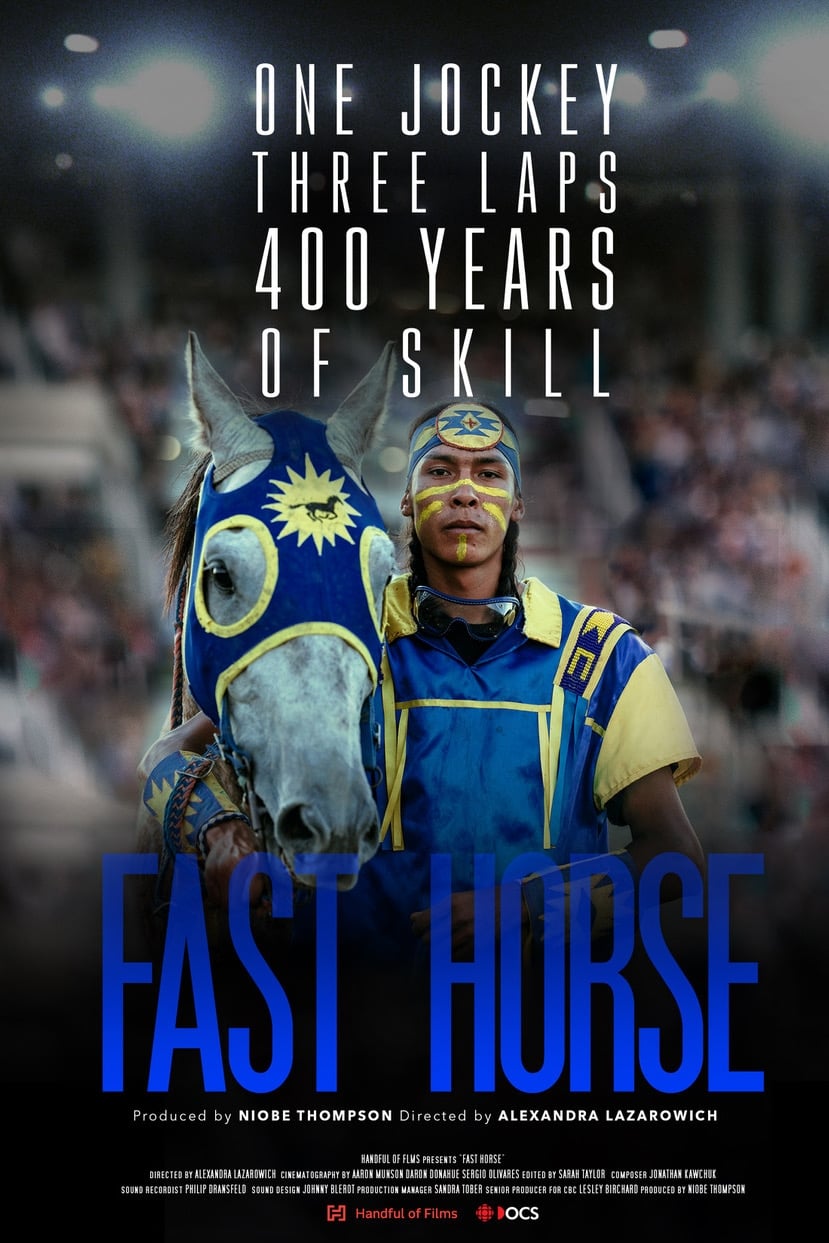
The Blackfoot bareback horse-racing tradition returns in the astonishingly dangerous Indian Relay. Siksika horseman Allison Red Crow struggles with secondhand horses and a new jockey on his way to challenging the best riders in the Blackfoot Confederacy.
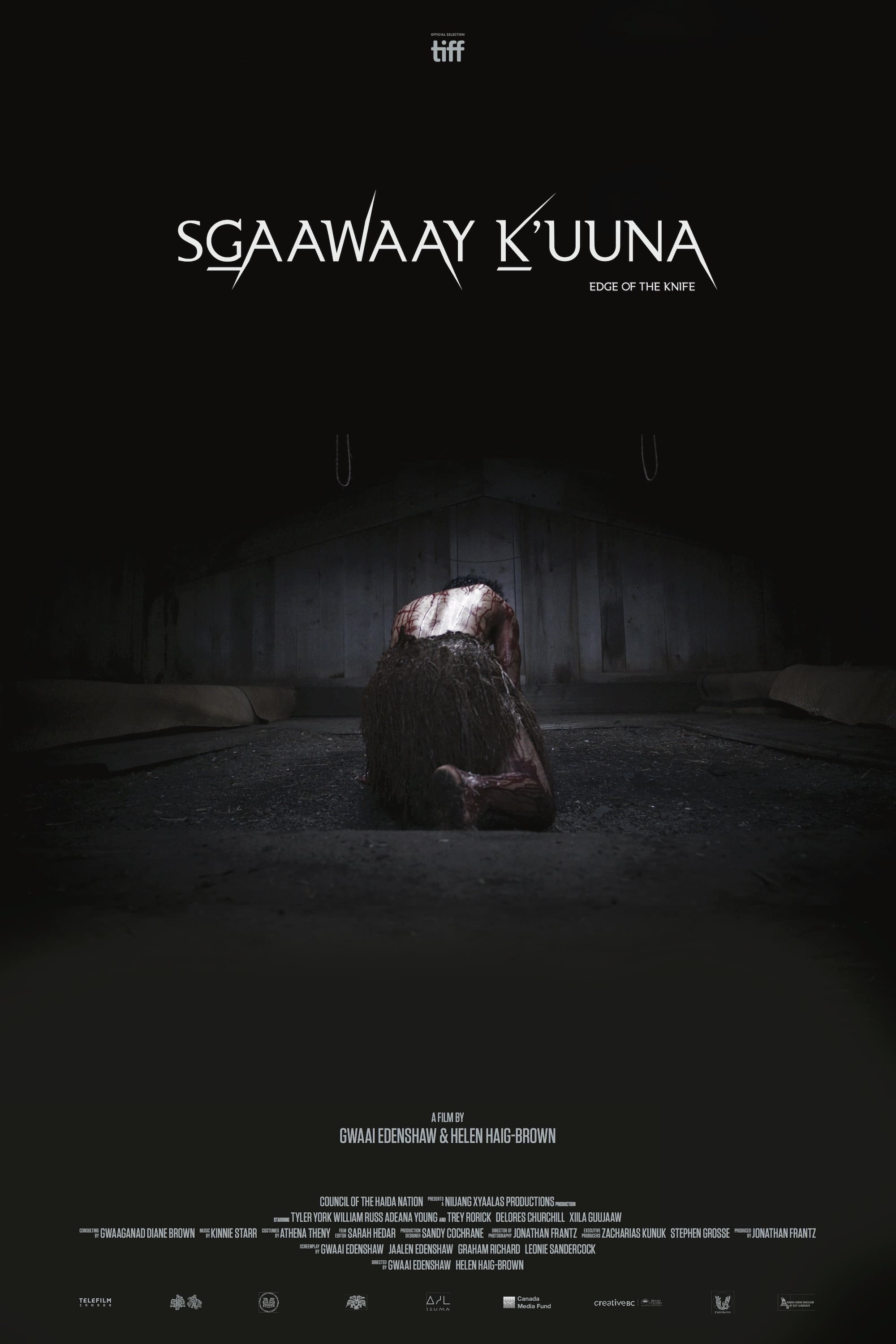
Island of Haida Gwaii, northern Canada, 19th century. During a fishing gathering, Adiits'ii commits an unfortunate act. Tormented, he runs away to the wilderness as his mind embraces madness.

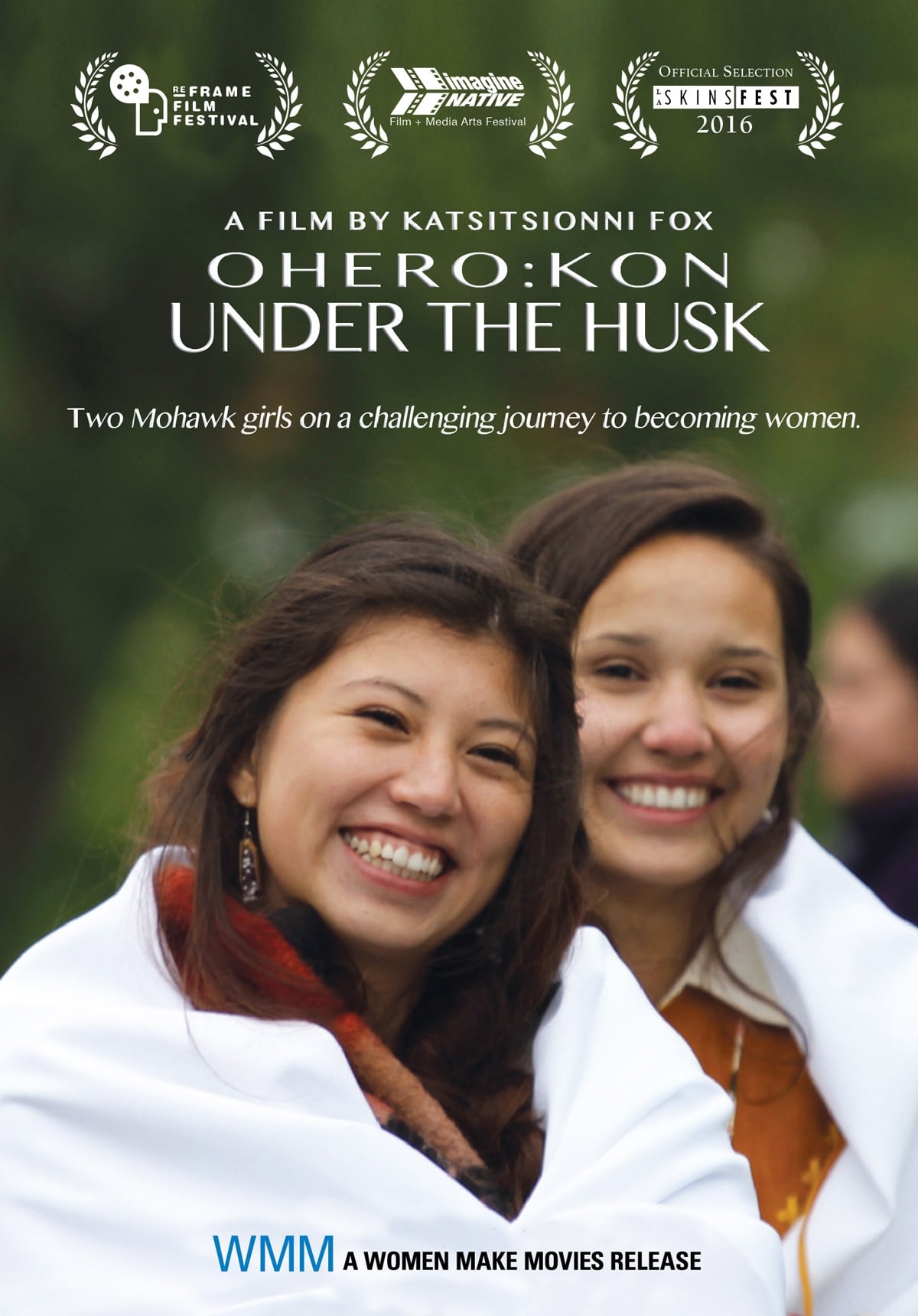
This documentary follows two Mohawk girls on their journey to become Mohawk women. Friends since childhood, Kaienkwinehtha and Kasennakohe are members of the traditional community of Akwesasne on the U.S./Canada border. Together, they undertake a four-year rite of passage for adolescents, called Oheró:kon, or "under the husk." The ceremony had been nearly extinct, a casualty of colonialism and intergenerational trauma; revived in the past decade by two traditional leaders, it has since flourished. Filmmaker Katsitsionni Fox has served as a mentor, or "auntie," to many youth going through the passage rites.
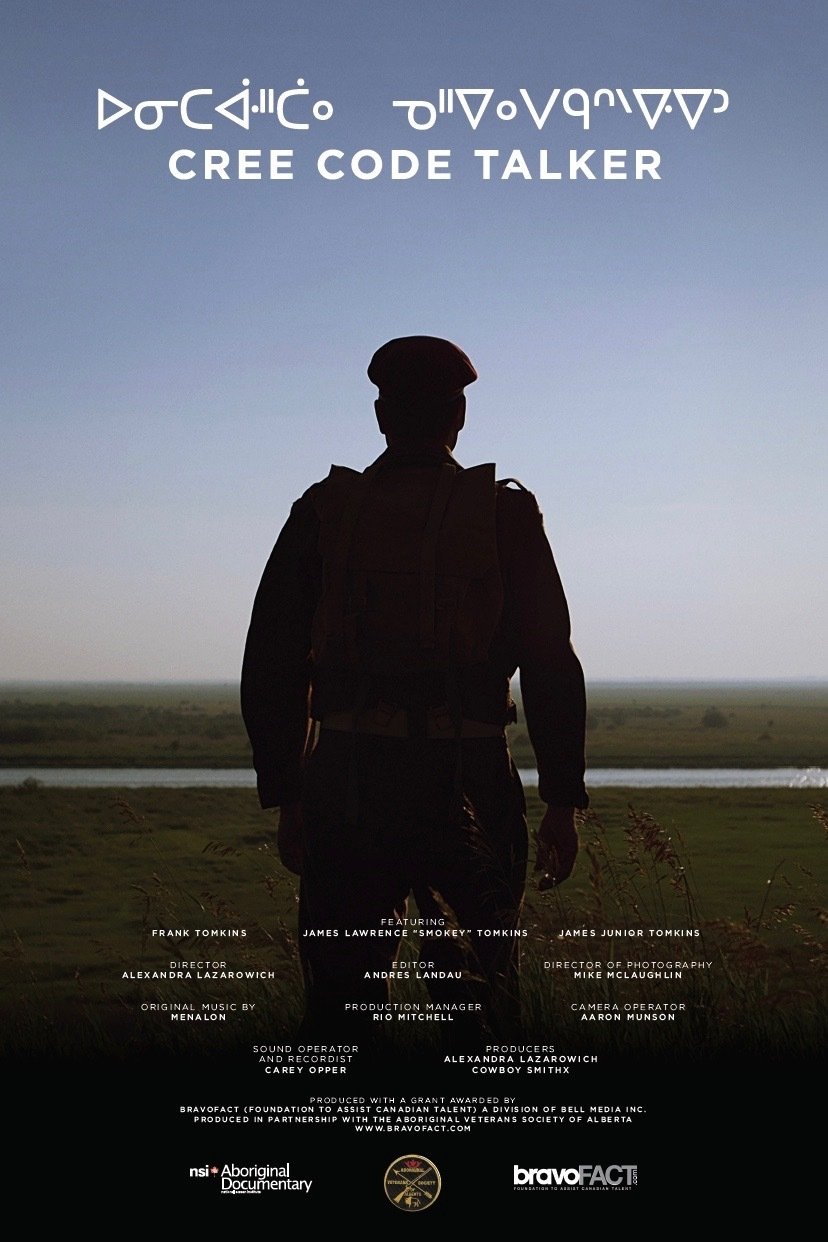
CREE CODE TALKER reveals the role of Canadian Cree code talker Charles 'Checker' Tomkins during the Second World War. Digging deep into the US archives it depicts the true story of Charles' involvement with the US Air Force and the development of the code talkers communication system, which was used to transmit crucial military communications, using the Cree language as a vital secret weapon in combat.
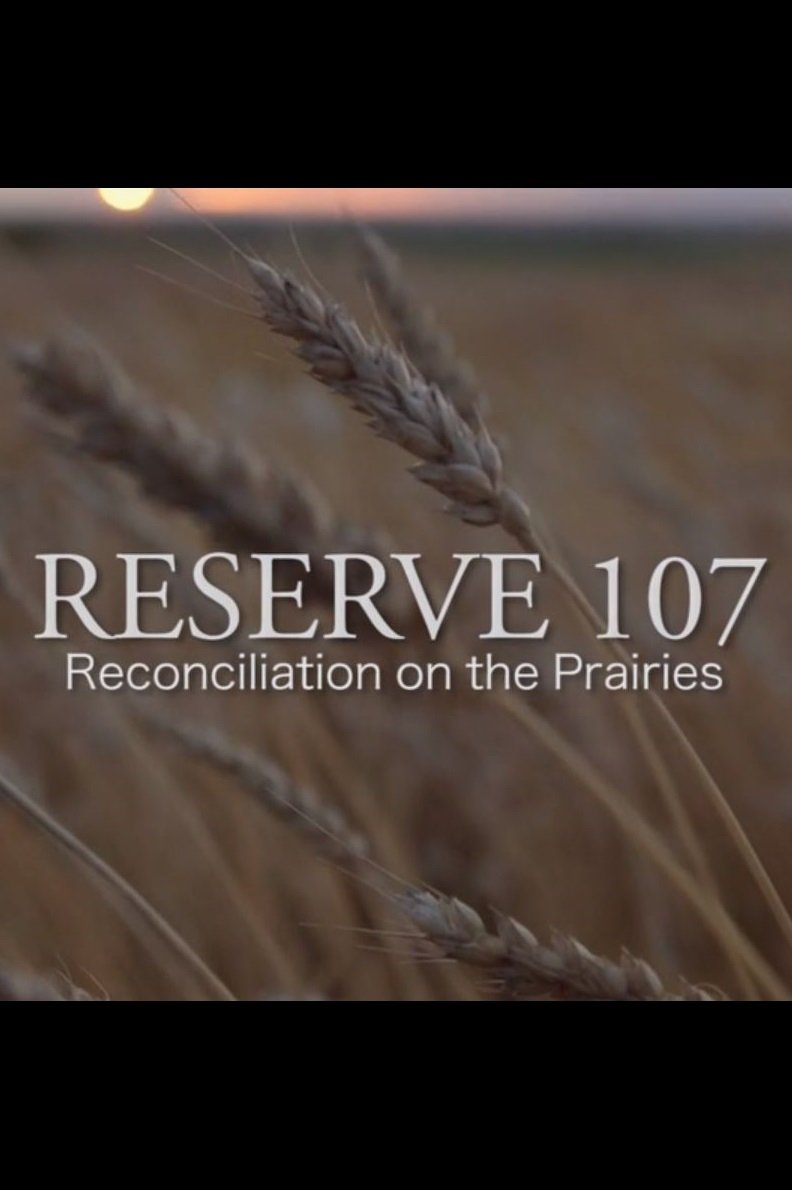
Indigenous rights and title to the land remains a taboo topic for many across Canada, but in the small town of Laird, Saskatchewan, an old injustice is providing new opportunities for dialogue, friendship and a fierce determination to right the wrongs of the past.
By browsing this website, you accept our cookies policy.